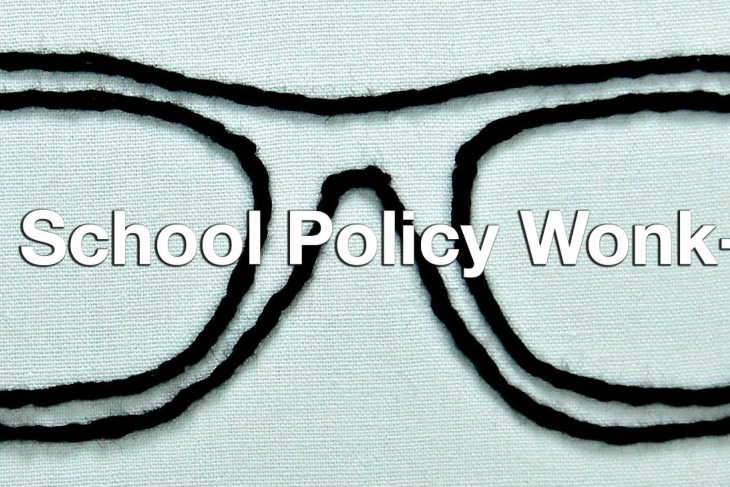Here follows the fifth entry in Fordham’s “Charter School Policy Wonk-a-Thon,” in which Mike Petrilli challenged a number of prominent scholars, practitioners, and policy analysts to take a stab at explaining why some charter sectors outpace their local district schools while others are falling behind.
For the rest of the nation, California is a land of paradoxes. Stunning natural beauty comes with earthquakes and wildfires. Hollywood comes with Kim Kardashian. And the nation’s biggest charter school state comes with both the most excellent charter schools and the most that are failing.
One thing that is not working well within California’s charter school sector is authorizing. There are too many authorizers (more than 300), authorizing too few schools (just one or two). And the process for approving new charter schools is often adversarial and litigious. I draw two conclusions from this: Authorizing matters and we should not replicate California’s authorizing practices across the nation.
When one looks at CREDO's 2009 and 2013 studies, two types of performance emerge. First, states with the best charter school performance are those with good authorizers who have maintained high standards and have closed failing schools. See New York, Louisiana, and Massachusetts. The lowest-quality states have been those with authorizers who have had low standards. See Texas, Ohio, and others.
Second, states where overall charter performance is no different than traditional public schools have had random, often adversarial authorizing practices. See California. Too often under California law and practice, authorizers are purposely powerless—powerless to stop an excellent charter school, powerless to stop a bad proposal, powerless to close a failing or corrupt charter school. The result is not surprising. California students, families, and taxpayers get good, bad, and sometimes ugly charter schools. Hence, the famous California U-curve distribution of charter school performance.
Authorizers do not increase directly the supply of high-quality charter schools on the right-hand side of the curve, although they should be creating conditions that support them. Instead, it is authorizers’ responsibility to keep the left-hand side of the curve small, by not approving weak proposals in the first place and by closing charter schools that consistently fail. California’s authorizers need to get better at closing failing charter schools. Then again, so do authorizers everywhere.
The entities that authorize charter schools are highly varied and often bureaucratic and political. Their impact on the performance of any individual charter school is limited, by design. But we have seen again and again that authorizers have a tremendous impact on the overall quality of a charter sector in a city or state. If we aim to offer better educational opportunities to children, we cannot offer equal numbers of good and bad schools.
The charter school environment does not need to be a scene from The Good, The Bad, and The Ugly. As CREDO's studies and decades of experience have shown, quality authorizing is an essential component of a consistently high-quality charter community.
Greg Richmond is president and CEO of the National Association of Charter School Authorizers.



